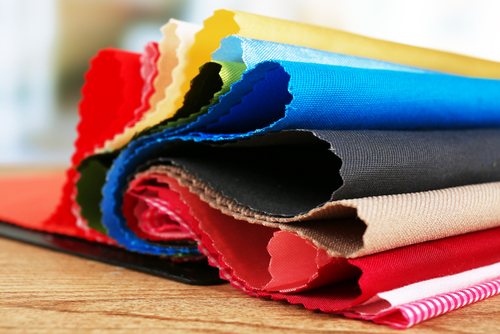
Hemp Fiber Facts
There are huge varieties of fabrics available these days and one of them is hemp. Over the years, different civilizations have developed many methods to cultivate, harvest, and process hemp fiber. Below is a quick look at the process and set of steps involved in making hemp fiber.
Harvesting
Dual-purpose crops produce seed and fiber, where the seed is used for food. High-quality fibers are produced if the crop was specifically grown for fiber. If so, the hemp is harvested 70 to 90 days after seeding, during the flowering stage and before the seed is formed.
Retting
It is a process where moisture and microbes are used to break down the chemical bonds that hold the stem together. This enables easy separation of the bast fiber from the woody core. There are a number of ways to carry out retting such as field retting, water retting, and by the use of certain enzymes.
Decorticating
Decortication is the process of removing the central woody core from the stem. This step is performed right after retting, when the stems are still wet and in this case, the damp fibers are peeled off the core and dried. An alternative process is where the dried stems are processed with specific machinery that breaks up the woody core and separates it from fibers.
Treating
After separating the fibers, they are made into bales, removed from the field, and then processed into yarn. These fibers are spun without further processing, however, some producers have developed mechanical or chemical processes that can increase the elasticity or the softness of the fiber.
Removing Lignin
Lignin is the woody element in the fiber that causes the rough and scratchy feel of the hemp fiber. To remove this, the protein-digesting enzyme protease is applied to the hemp and this reduces the nitrogen content in the stem. Then, a fungus Bjerkandera is grown on the fiber and it consumes the lignin.
Spinning
The yarn is spun like other natural fibers. These fibers are twisted together to form long continuous threads that are sealed with wax to make it waterproof and more durable. This process was traditionally performed by hand, but today, there are many advanced processing techniques used for hemp fabric making.
After all these processes, the hemp fiber undergoes textile printing and dyeing as per the requirements of the manufacturer and demands of the customer.

